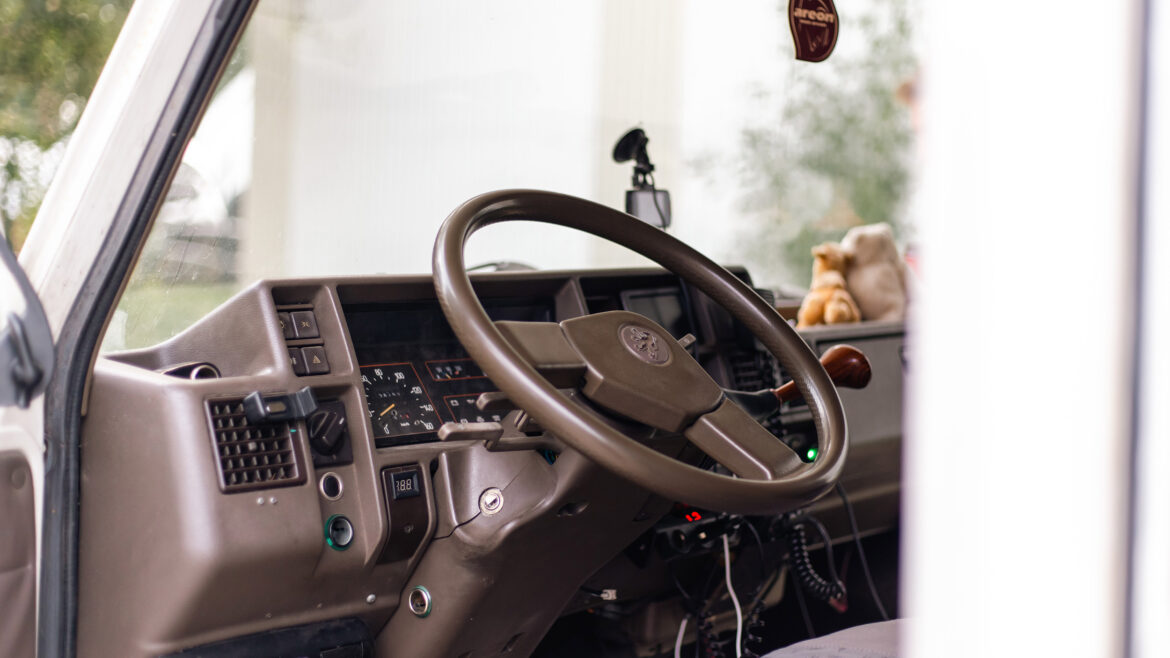I’m the biggest advocate of living and traveling in a motorhome since it’s one of the best and most affordable ways to experience and explore different places but also have your own home with you at all times with all the necessary things you may need. But to be honest, some things could be described as inconvenient when living in a motorhome or even called cons of this lifestyle.
So let’s dive into the 7 reasons why living and traveling with a motorhome might not be sunshine and rainbows all the time!
The size of a motorhome
The most obvious point of why a motorhome could not be the first choice for many travelers is its size – some motorhomes can be smaller in length, almost aligning to a car but even with that they are higher and wider in most cases. But there are also much larger ones that are more convenient to live in but harder to drive and more limited in tight places.
Our first motorhome wasn’t on the huge side of motorhome sizes but we still faced some difficulties navigating through very populated cities or sometimes finding it complicated to make time to choose a parking spot that would be convenient to drive to, park in, or turn around if necessary. And believe me, we needed to change our plans many, many times because the parking spot wasn’t big enough or the streets, researching beforehand on maps online, seemed too narrow. We also sometimes didn’t have a choice but to try and navigate through narrow streets or parking lots but it was so stressful and made our backs sweat a lot. Needless to say, we managed to park or drive successfully most of the time that we were traveling with the motorhome but it wasn’t a piece of cake all the time.
Something that we didn’t even think about before starting to travel was how some bridges can be built very low and considering that a motorhome usually is a little bit over 3 meters, it started to become a tiny issue. We didn’t have so much trouble with that, it just was something that we needed to consider while traveling and unfortunately, at some places, the measurements aren’t that correct on the signs and that was the most stressful part. Thankfully, I don’t remember any occasion when we needed to turn around or make a different route because of this but also we usually try to steer away from driving through city centers therefore I recommend better finding a parking spot outside the center to avoid any bridge problems.
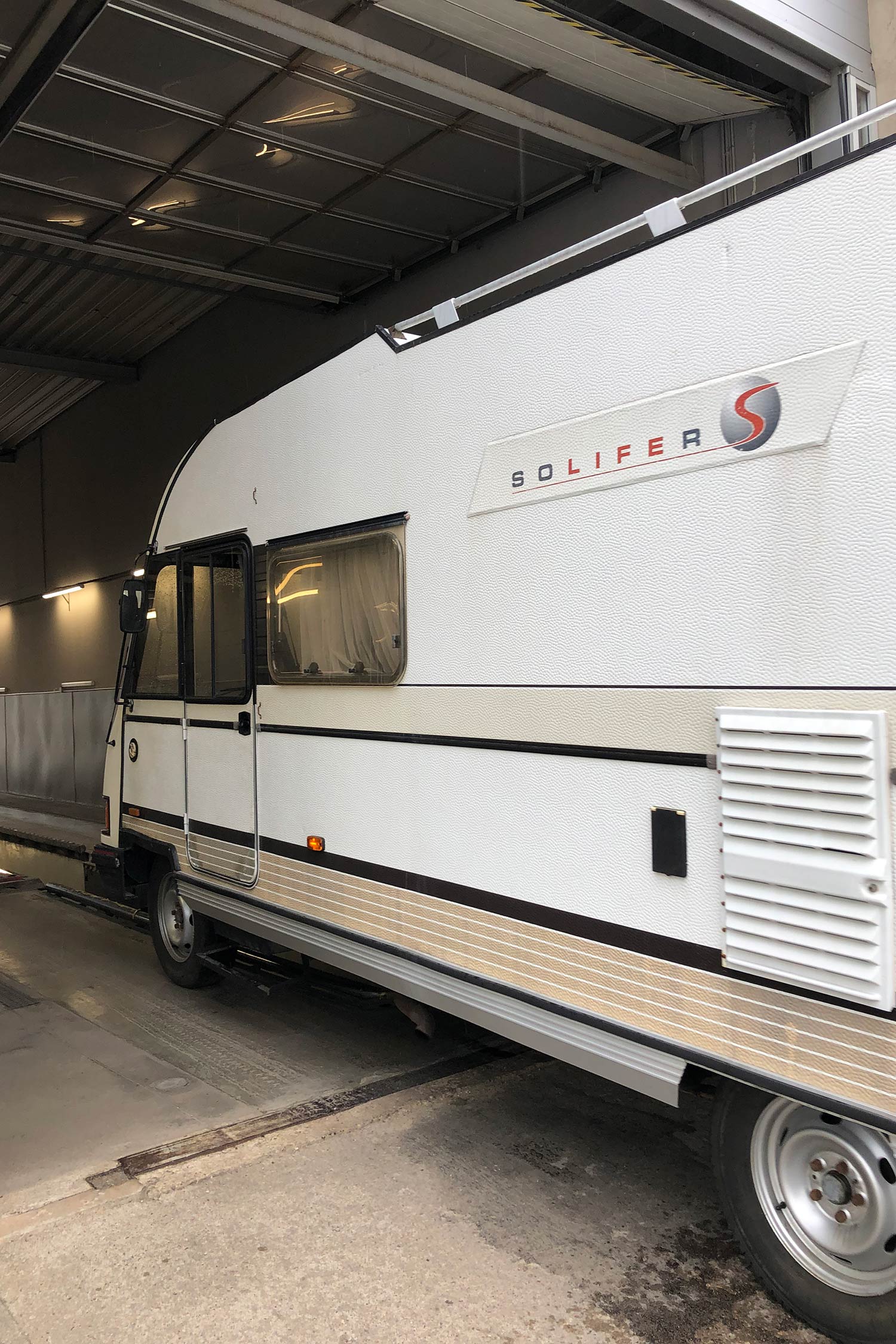

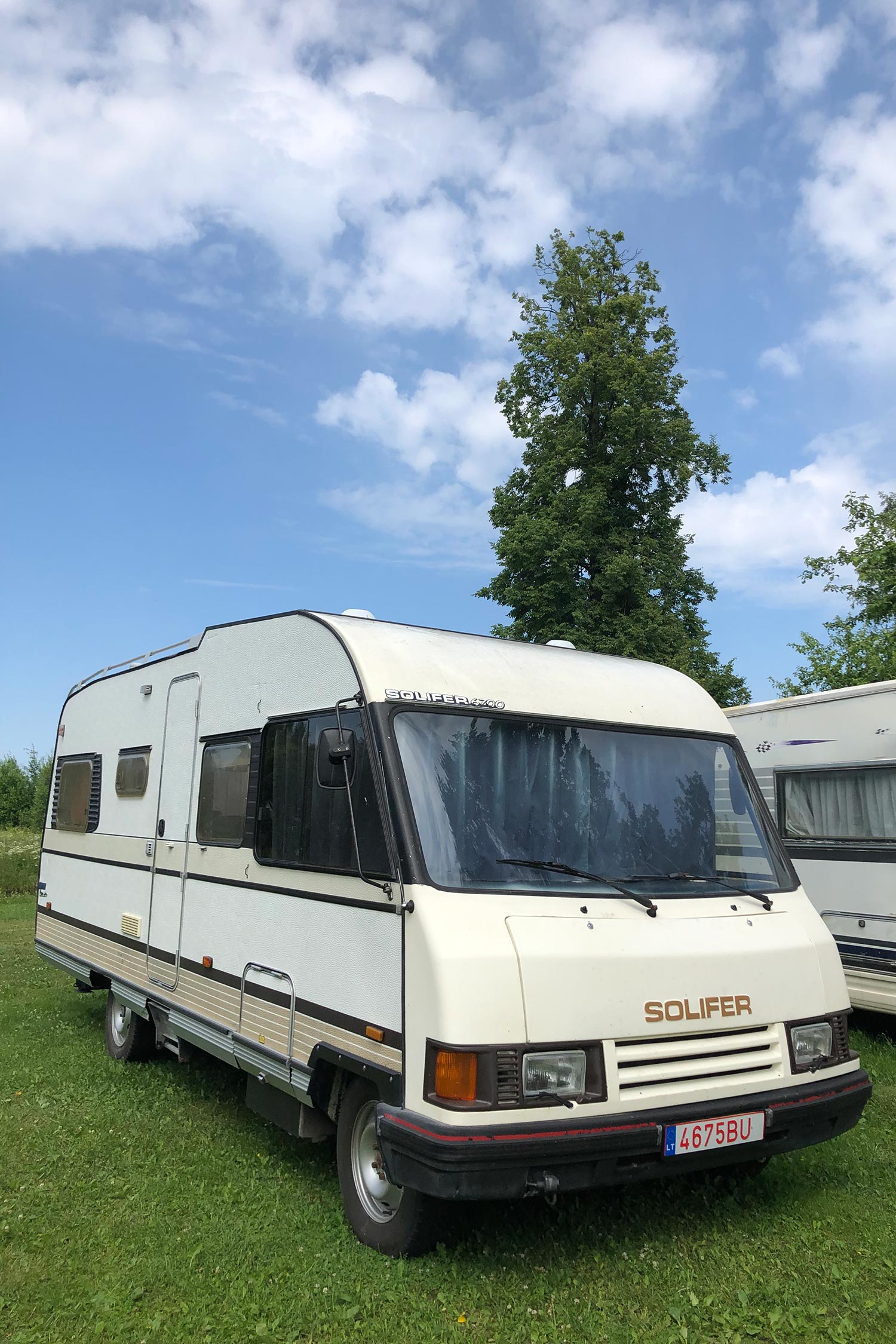
Attracts more attention than a regular car or a van
When traveling and living in a motorhome you may notice that people around you take second glances wondering what a unique car you have or even are interested to talk to you about your vehicle. And that is a great way to get to know new people or just have a nice talk but it also may provide unwanted attention and even bring some unease when leaving your motorhome alone while going to explore places on your own.
Aside from feeling safe, if you are planning on staying overnight at places for free that aren’t general parking lots, some people might not be content that you camp there, even if that’s only for one night and you are being polite to the area and not treat it like a campsite.
While we were in Bosnia and Herzegovina, we stopped at a small town on our way to our next destination and found a gas station that didn’t have any signs with limited parking. So we found a spot that wasn’t directly in front of the gas station but more in a quiet place and decided to sleep there. In the morning we received a knock from a worker at the gas station that asked us to leave. As a reason he mentioned that the manager of the gas station didn’t want us to stay there so we immediately left since we didn’t want any problems. Because of that, you need to be careful at places you choose to spend the night for free since some locals might be against that.
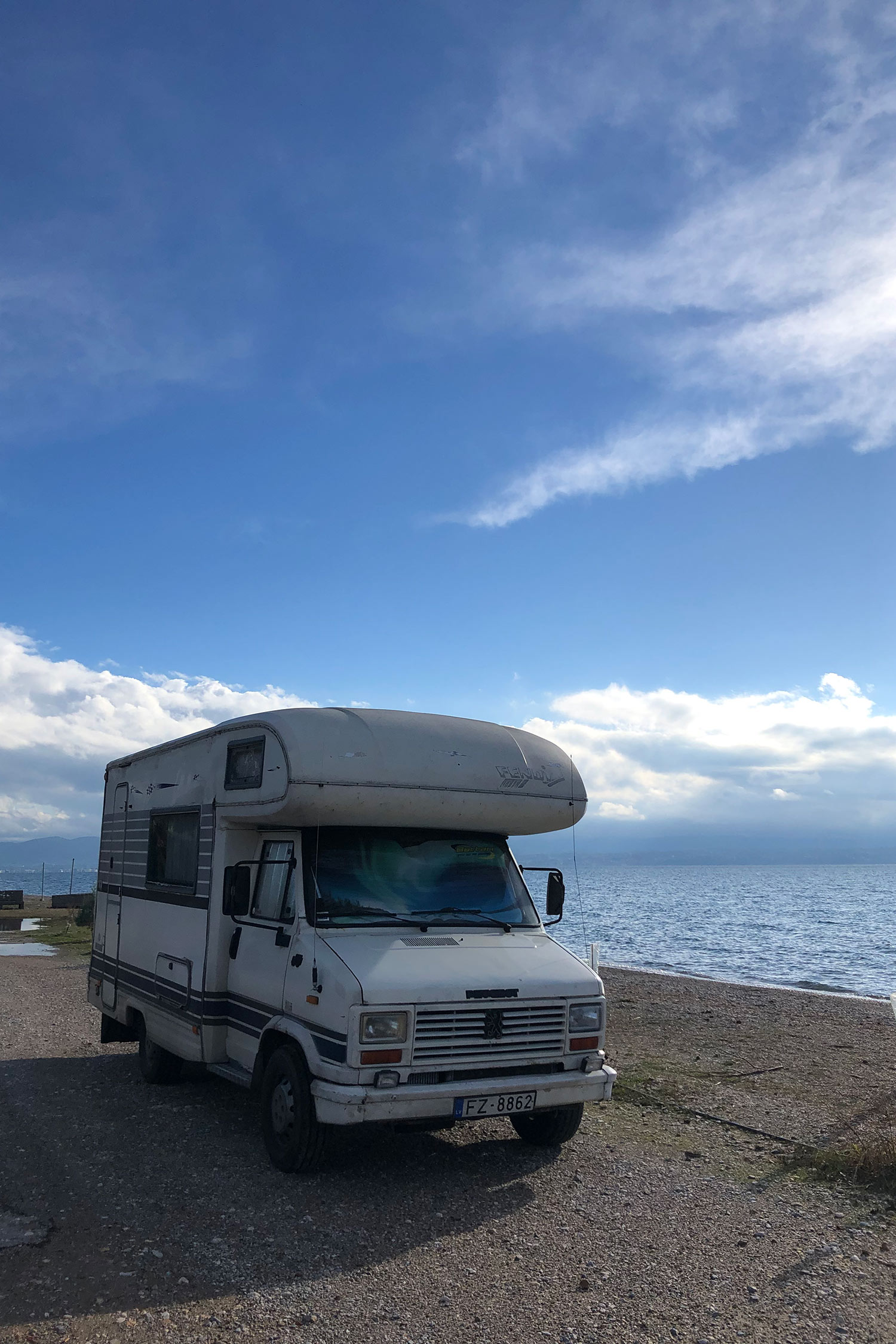
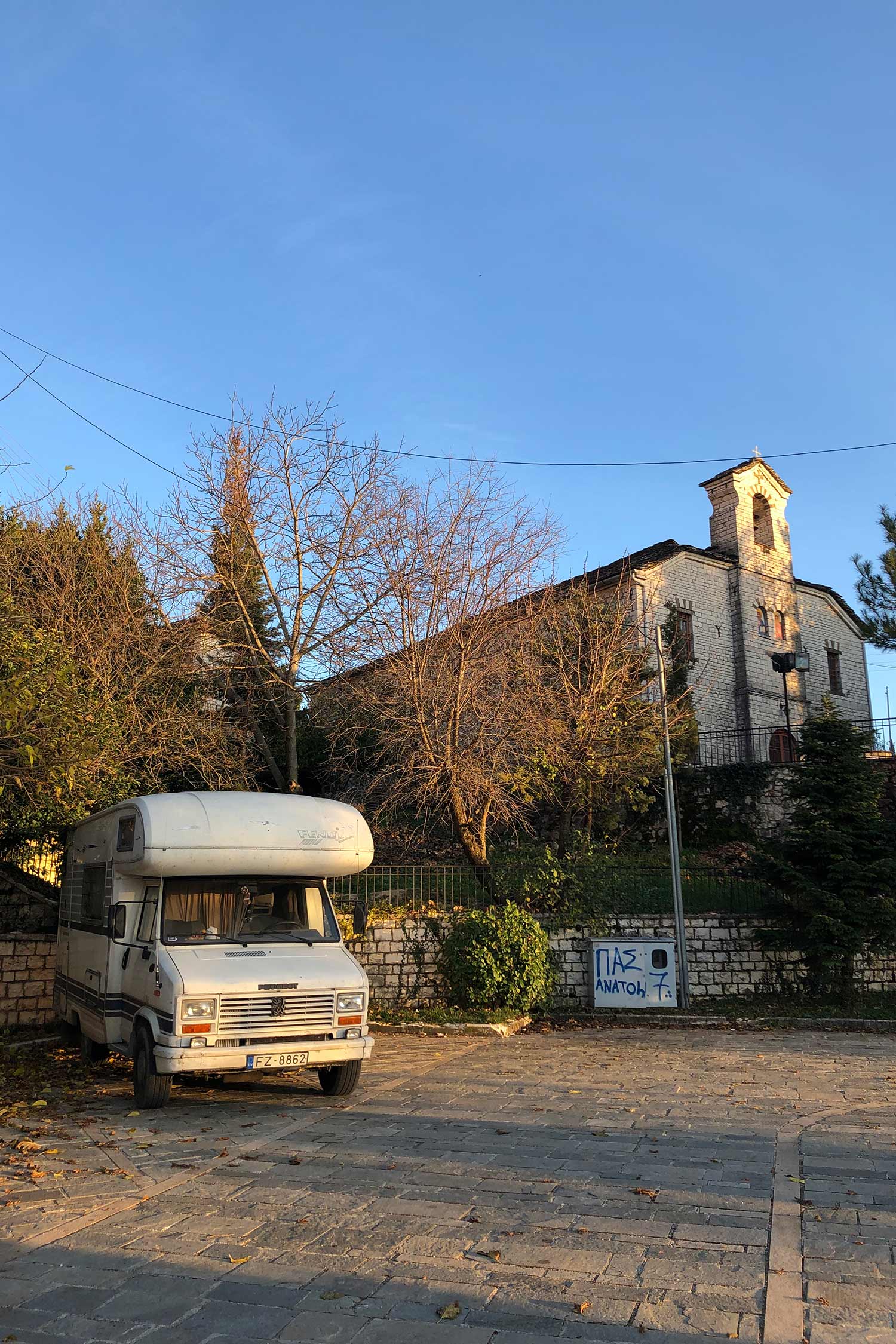
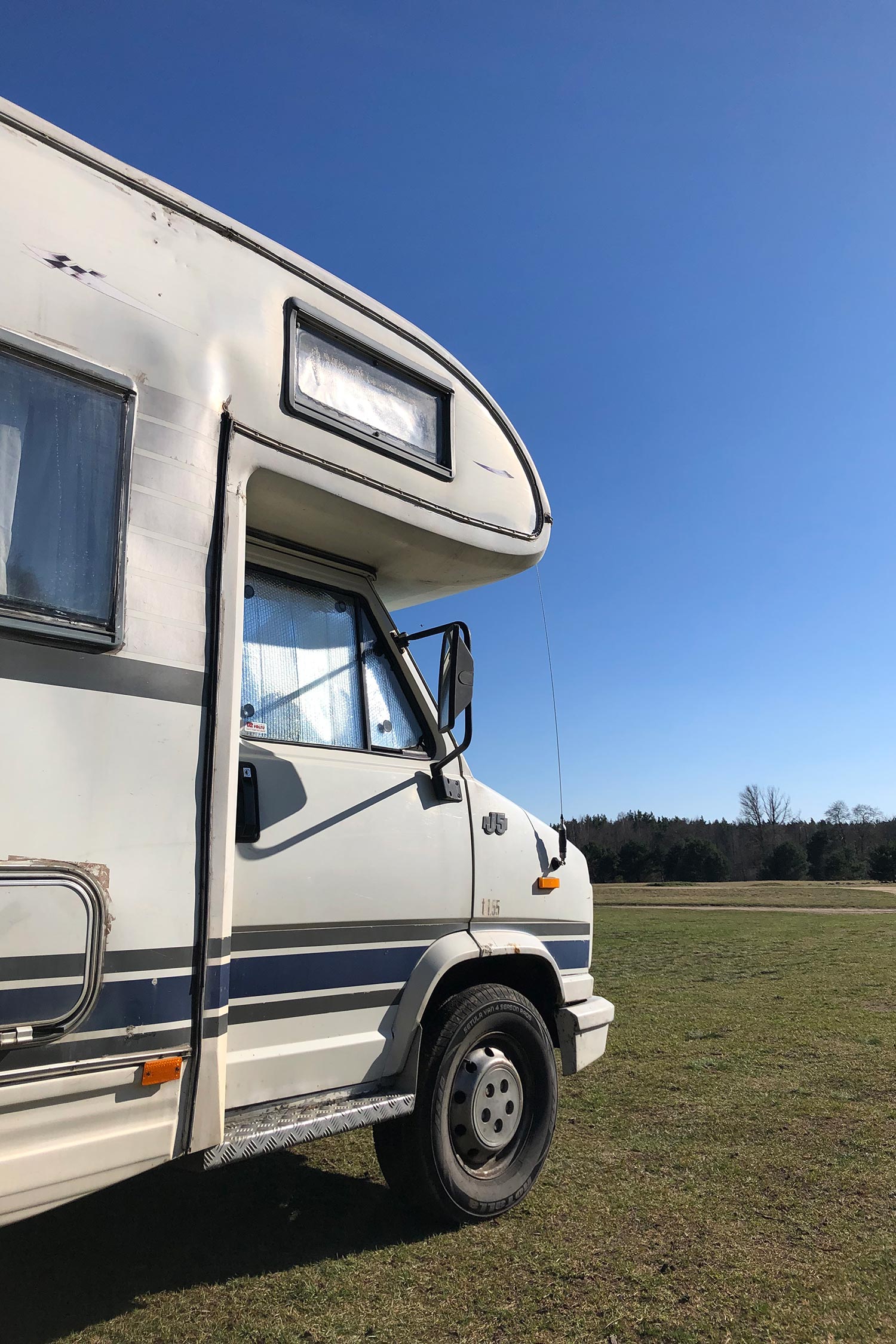
Can’t get to more rural places because of the size and the motorhome’s abilities
A sad truth about motorhomes is that, if you purchase an older vehicle that is also more affordable, you will have some limitations on the destinations that the motorhome can reach. Two things that have been difficult for us since we bought a motorhome are – mountain roads and bumpy, rocky off-road trails.
After the six-month journey through the Balkan countries, we managed to drive the mountain roads with the motorhome successfully but we also had an engine that was overheating most of the time, especially in warmer weather, and in that case, we needed to stop several times during the drive and wait when the engine would cool down to be able to continue. Since we didn’t drive very long distances at once but rather smaller ones so that we could explore more places, it wasn’t so problematic but in longer distances and roads that we couldn’t just turn back, it was a bit worrying.
Off-road trails were another obstacle that we didn’t face that often but while exploring Romania, it became a very common problem. Because you are taking all your belongings with you, and in a motorhome, it’s way more than in a car you could store, all vibrations and shaking feels quite brutal not to mention that vehicles that aren’t built necessarily for off-road adventures, can get damaged more easily on roads that aren’t very safe and predictable. After all, slowly driving through those roads, we made it but it’s much harder than with a smaller vehicle.
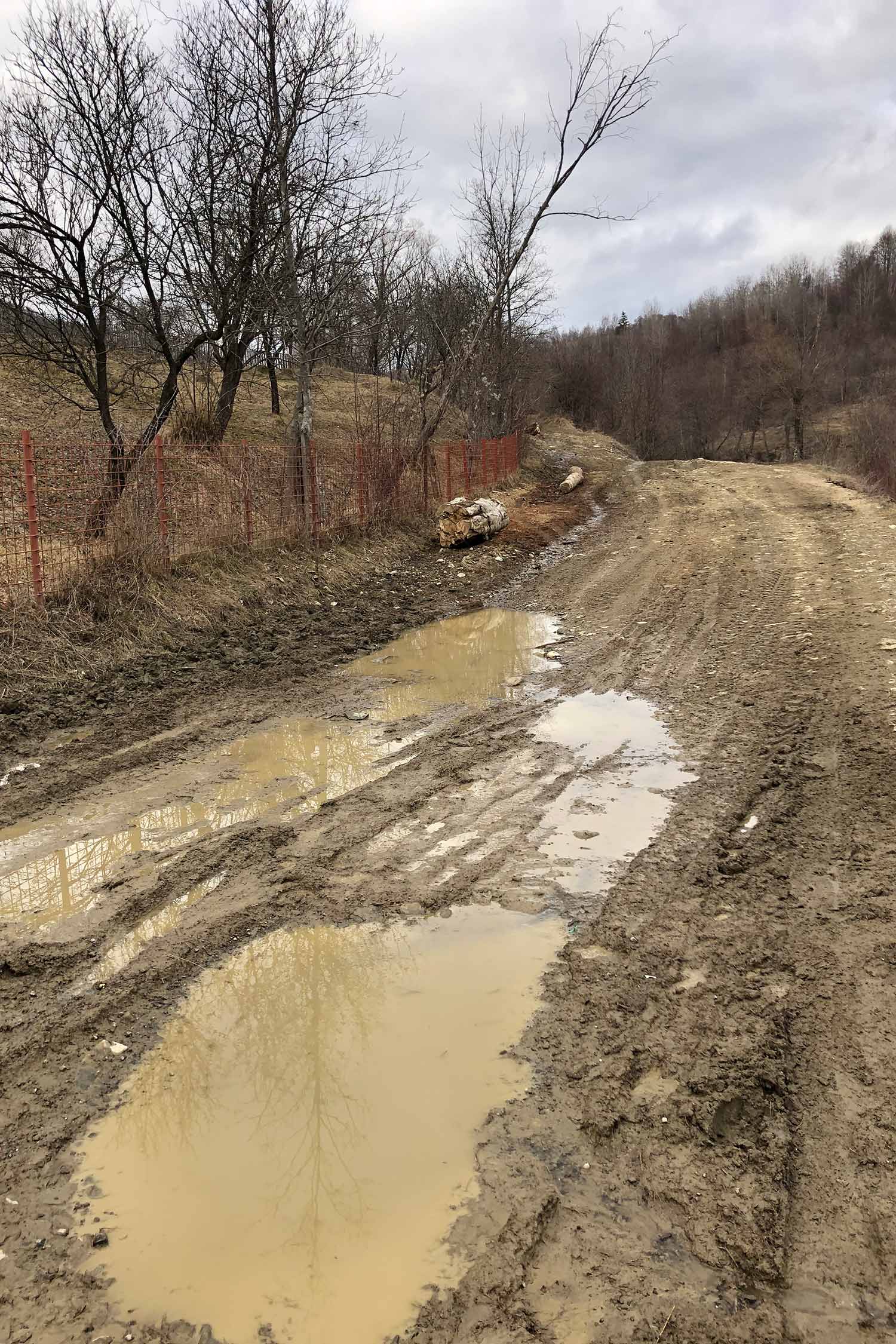

Amenities are limited compared to hotels
Comparing traveling with stays at hotels or similar types of accommodations, the amenities that are available at motorhomes are limited. Sure, you may have a toilet and a shower but water is limited, and in older vehicles not always water heating works, and you need to empty your toilet regularly which can become a constant problem to find where exactly since not many countries and places offer waste disposal service points. In a hotel you don’t even think about that, you can easily use everything and have unlimited water as well.
The kitchen in a motorhome is also limited – you have a smaller sink than in a house, smaller hobs for cooking, fewer storage compartments, and a smaller fridge. Of course, some newer motorhomes or even larger ones don’t have this problem but that’s not the case for many motorhomes that are on the market in Europe.
Some kind of heating system is usually built in a motorhome but keeping a vehicle warm in cold weather is much harder than expected. While we were exploring North Macedonia with a motorhome, we experienced such cold weather that it was awful to withstand it and the most problematic thing we realized was that we didn’t have a properly insulated motorhome because the floors were ice cold all the time, despite heating working and the rest of your body being warm. Hotels, on the other hand, most of the time are kept warm enough to feel comfortable. But let’s not dismiss the warm summer days where you can’t escape the heat since most older motorhomes don’t have air conditioning systems and you need to rely on parking in a shadowy spot and opening your windows, and it can feel exhausting not being able to cool down.
Finally, the electricity that we nowadays can’t live without. Normally, in a hotel, you won’t be worried about the amount of electricity that you can use to charge all of your electronics or even boil water in an electric kettle. But in a motorhome, if you haven’t installed a very expensive electric system, you may experience some limitations and usually you won’t choose an electric kettle for water boiling. Not to mention that in cloudy weather or darker seasons, your solar panels won’t get charged as much as in the summer days so you get even more limited and you need to choose wisely how you use your electronics and when and how you charge them.


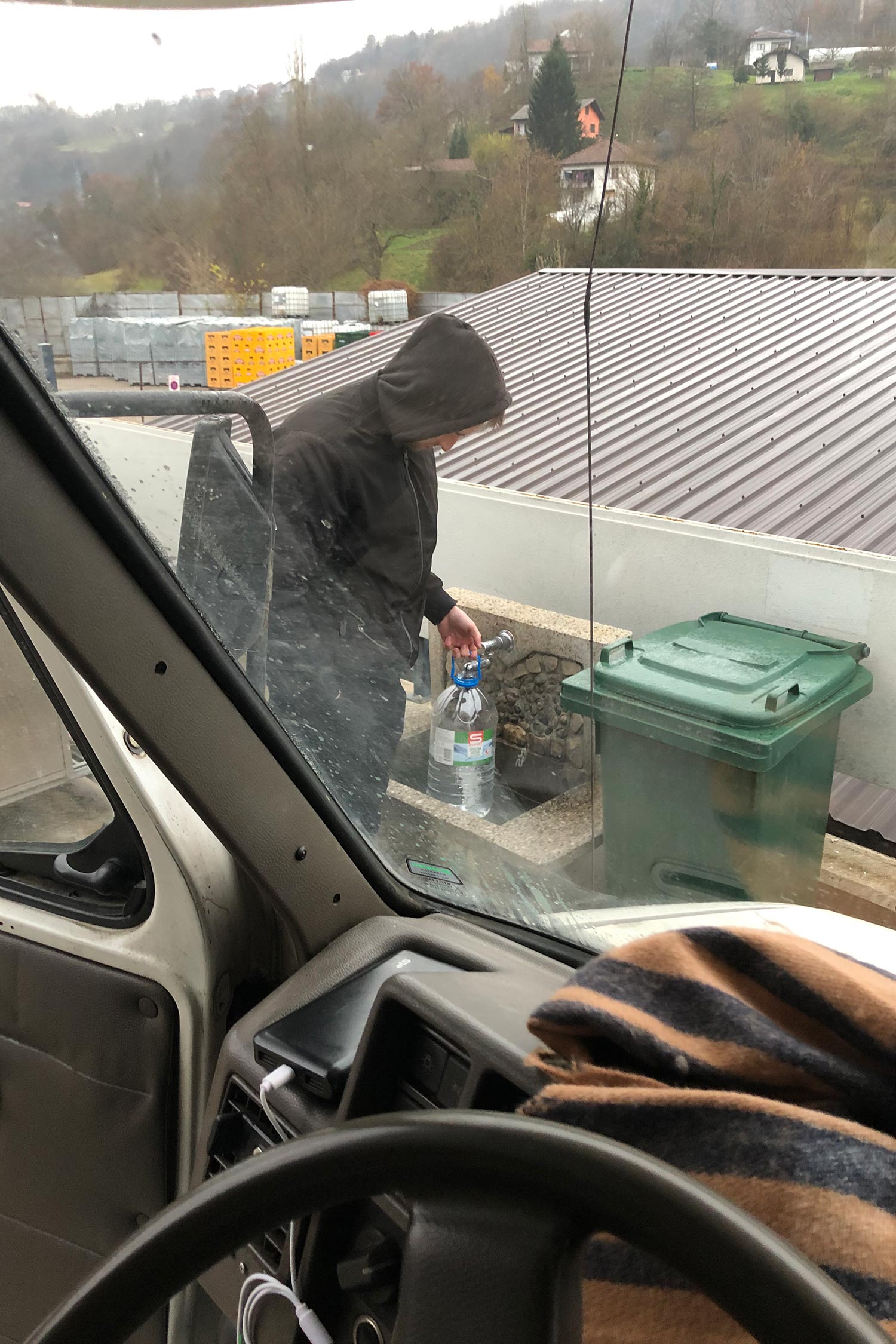
More fuel consumption than an average car
An inevitable aspect of motorhome traveling is that you will spend more fuel than traveling with a normal size car, and as a result, it can be more expensive. The amount of fuel you will need depends on the size of the motorhome since a larger vehicle will have a higher fuel consumption. Our motorhome for the Balkan journey needed approximately 10 liters of fuel per 100 kilometers with the size of the motorhome around 4.5 meters in length and 2.8 tonnes in mass. This year, after the journey, we decided to get a new motorhome and the fuel consumption is the same as the previous one – 10 liters per 100 kilometers – but the size is 6.9 meters in length and 3 tonnes in mass.
Comparing both motorhomes, the new one should need more fuel but because the amount of fuel depends on various aspects such as mass, the quality of the engine, tires, weather, the terrain that you are driving in, and also how you’re driving in general, bigger motorhome does not always mean more expensive in this case but it’s more expensive than an average, economic car.
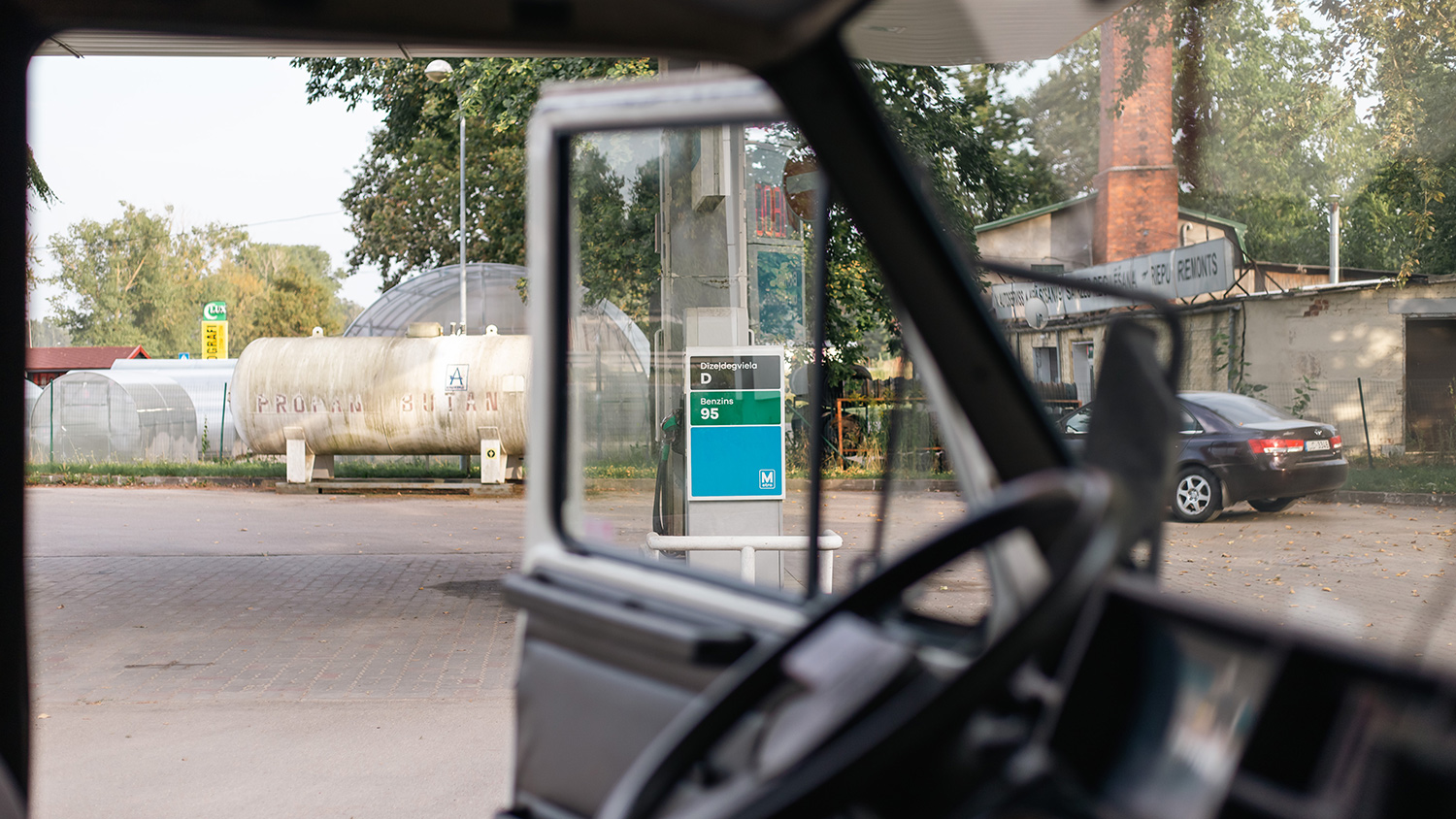
Space is still limited
Traveling in any way you choose to do means you have a limited amount of things to bring with you – whether it’s traveling with a backpack, a suitcase, a car, or a motorhome. But living this lifestyle full-time isn’t that easy – you can’t bring the whole world with you.
Comparing motorhomes to other types of traveling, this is definitely the most comfortable one and allows you to bring more stuff and even a little more. But if not compared, in a motorhome you still have very limited space for all the things you may need. This is the case for us, two people living in a motorhome, that now is a bigger one, compared to the previous one, but we have very limited space for all of our stuff and two people with full wardrobes and other personal things, can feel cramped at times.
Now, we have gotten used to selecting carefully the things we need and not wasting any money on things that we both won’t use and don’t have space for. In the beginning, it was hard getting used to fewer things than before living in a “normal” house setting but it also is wiser because over time you realize how much stuff you used to buy without thinking twice about the need, not to mention it’s also more environmentally friendly which is something that we all should be paying more attention to, so living in a motorhome was a perfect starting point for us to be more conscious about our shopping habits.
Technical problems
Future technical problems with your motorhome aren’t the thing anyone wants to discuss voluntarily since it’s not an easy subject – if you will have any problems while on the road, it’s much more complicated to deal with them than at your hometown or place that you know someone who can help and also – somewhere where you can spend the night or even multiple ones while your motorhome is getting fixed.
And that’s a big issue while traveling and if something happens – finding a good mechanic, hopefully not too expensive, leaving it all to get fixed, as well as most of your belongings, and paying for a place to stay in the meantime.
For these situations, there are insurance companies that provide financial help and cover even hotel stays when the vehicle is getting fixed but not all companies cover all of that and even if it’s covered, it’s still a very stressful and unnerving thing to experience.
Sadly, we can’t protect ourselves from everything bad happening technically to the motorhome since it’s a mechanism that over time will need to be improved or fixed therefore it’s best to be both mentally prepared for these things to happen and also insure yourself if it’s possible with a good company that will be able to help you financially if the need will arise.
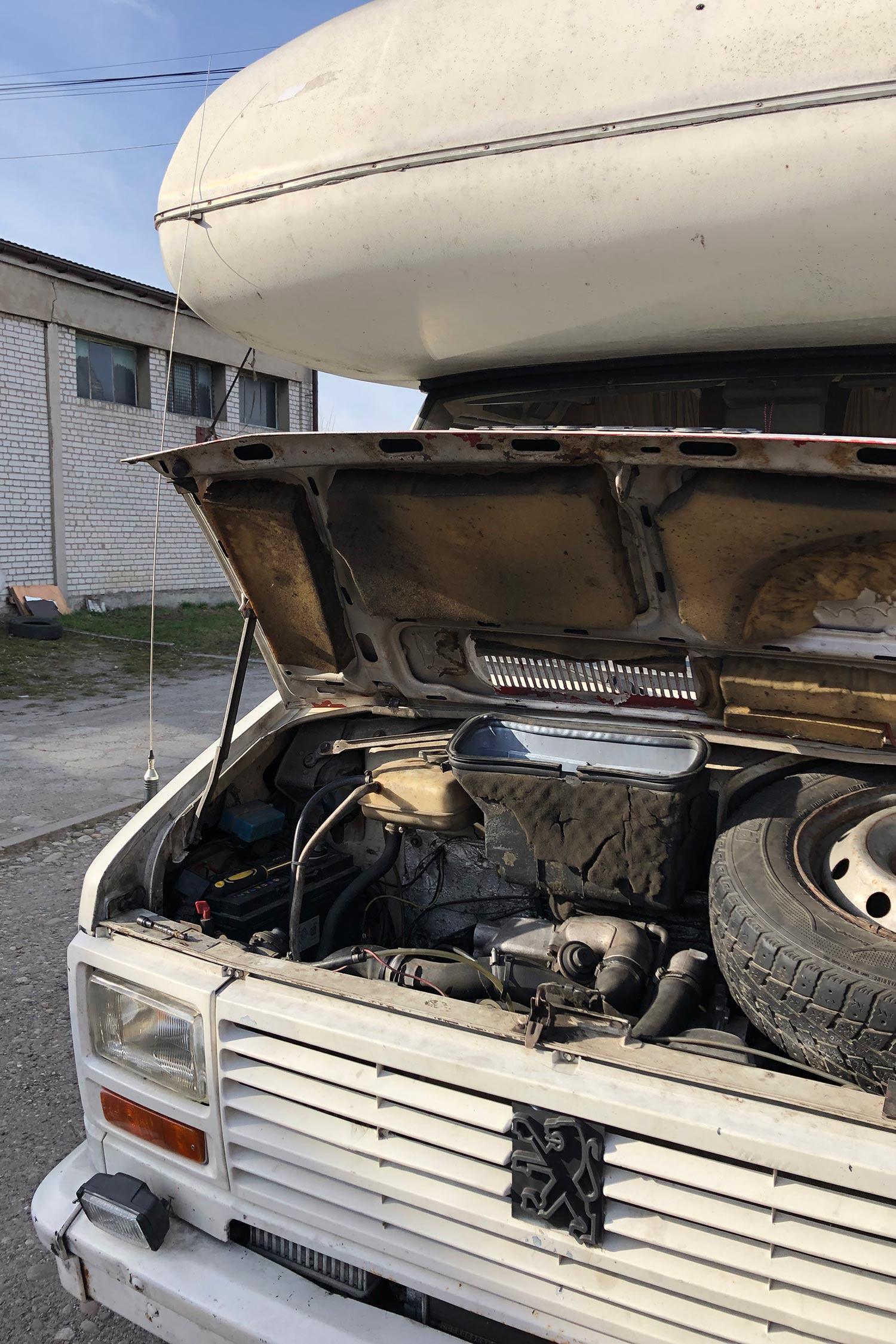
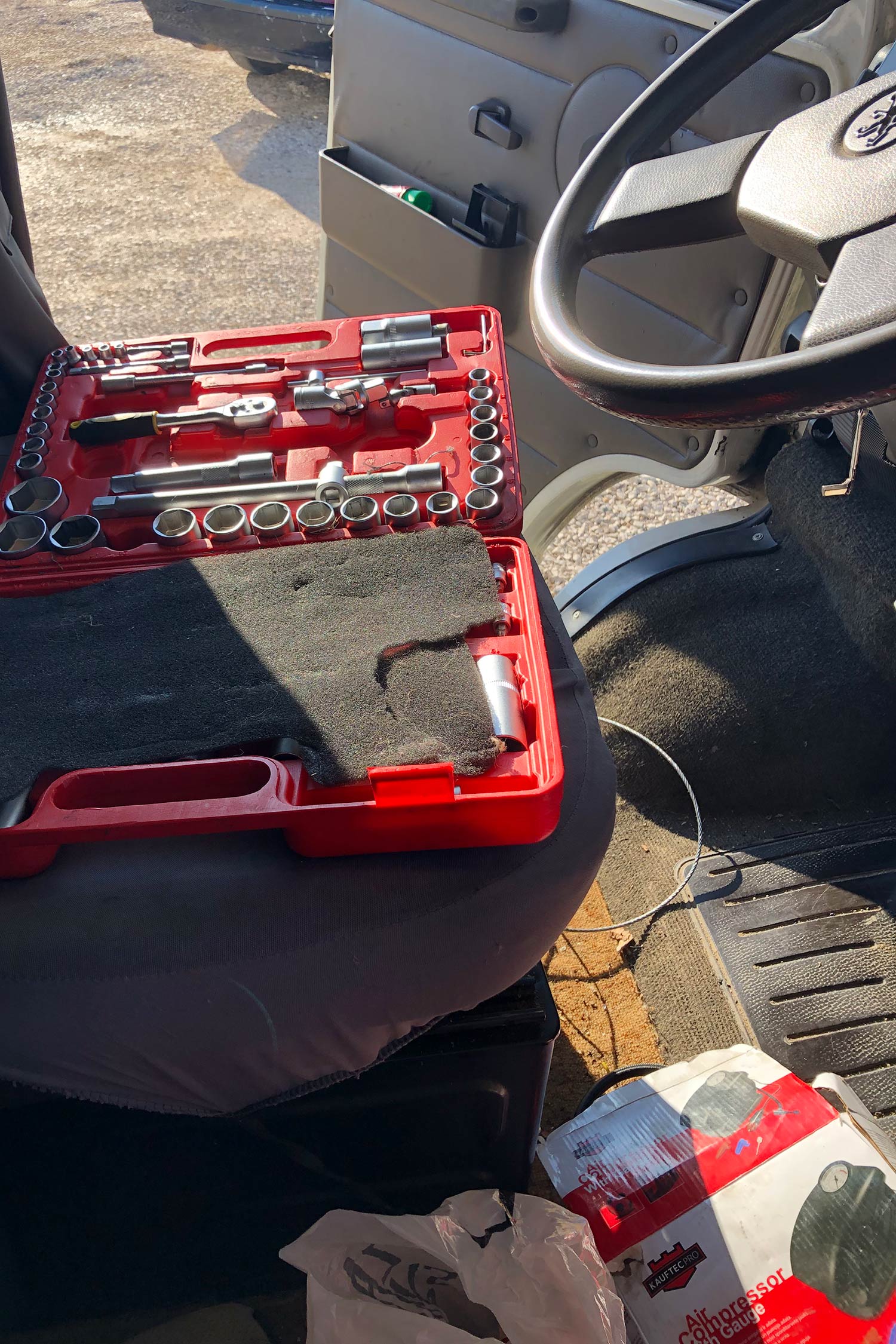
Living in a motorhome has its pros and cons, as all traveling lifestyles do. For us, traveling with a motorhome has proven to be the most affordable and convenient way of exploring Europe but depending on everyone’s idea of perfect traveling, it might be a completely different case for someone else. I hope these blog posts about the good and bad sides of having a motorhome helped someone decide whether a motorhome suits them or not, but I can also recommend just giving it a try if you can’t decide, because if it doesn’t suit you – it doesn’t matter because you can always change things up and in the end, have spectacular memories.
Check out my blog post about the 8 perks of living in a motorhome here!
Latest blog posts
- 8 Things to know about vanlife in the Netherlands
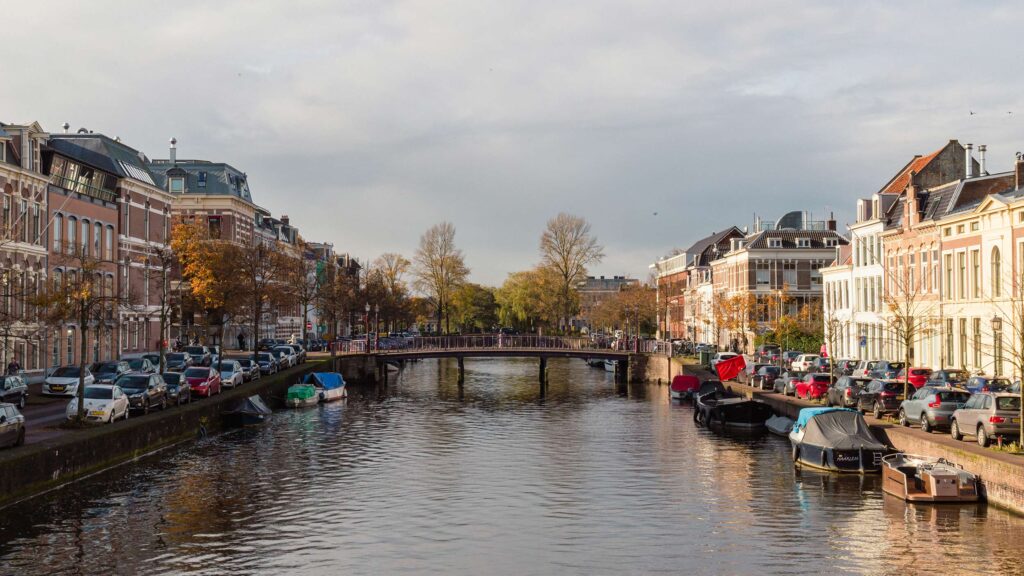
- Places to visit in Amsterdam on a budget-friendly trip

- Places to visit in Utrecht on a one-day budget-friendly trip

